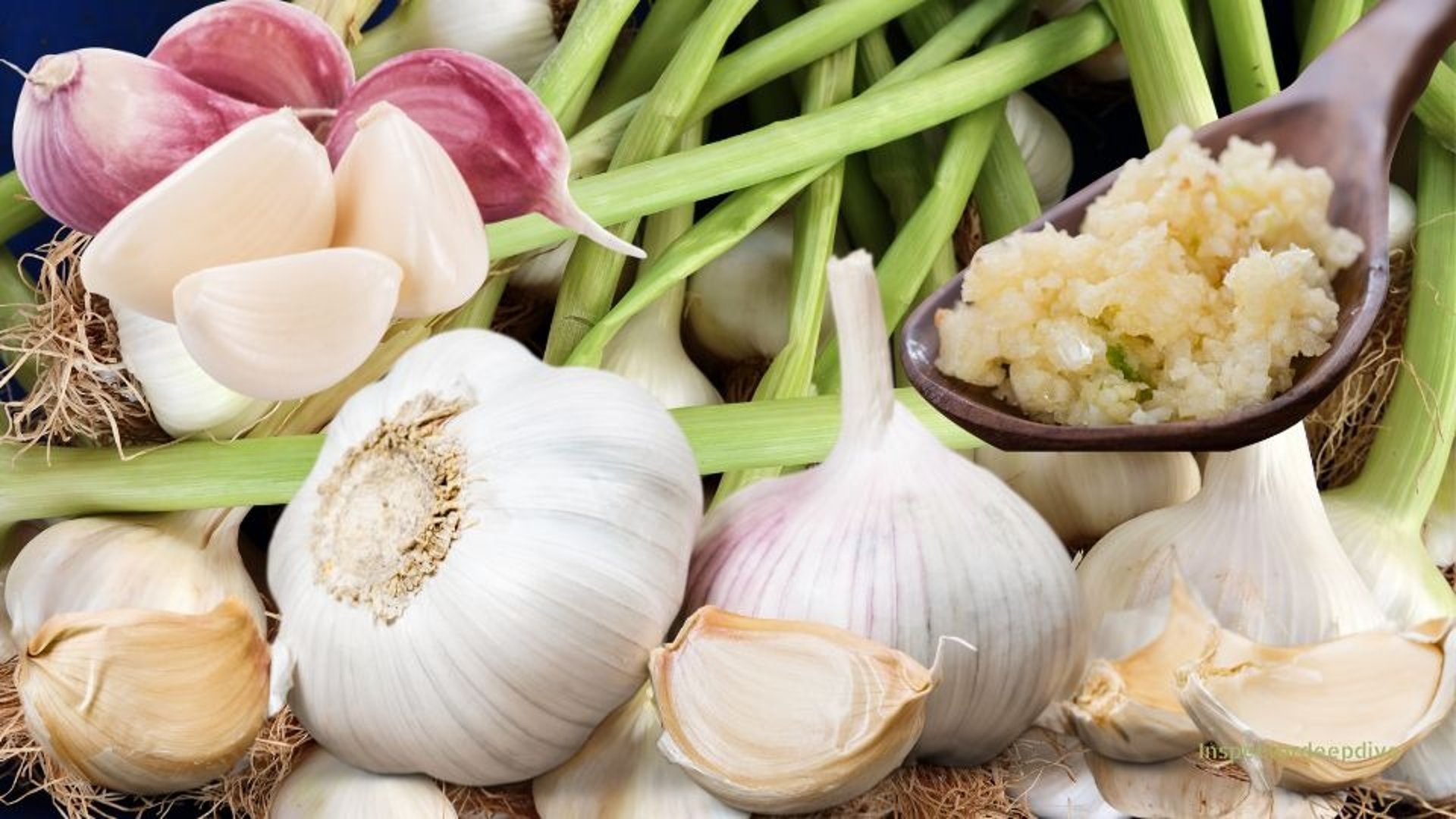
The Science and Benefits of Sulfur in Food: Insights from 2025

Sulfur is an essential mineral naturally present in many foods, playing a critical role in detoxification, immune function, and overall health. It is especially abundant in garlic, onions, cruciferous vegetables, and animal proteins. Recent scientific studies up to 2025 have deepened our understanding of sulfur’s biological functions and its health impacts, confirming its importance in human nutrition and disease prevention.
Where Is Sulfur Found? (Nutritional List)
Sulfur is a vital mineral found in various foods, primarily in sulfur-containing amino acids (methionine and cysteine) and other sulfur-rich compounds. Here's a breakdown of common dietary sources:
Vegetables & Herbs
Garlic:
Key Compounds: Alliin, Allicin (formed when crushed/chopped)
Benefits: Strong antimicrobial, anti-inflammatory properties.
Sulfur Content: Approximately 0.5% to 1% of dry weight (one of the richest sources).
Onions:
Key Compounds: Alkyl cysteine sulfoxides (e.g., isoalliin)
Benefits: Contributes to overall health benefits.
Sulfur Content: Approximately 0.3% to 0.5% of dry weight.
Cruciferous Vegetables: (Broccoli, Kale, Cabbage, Brussels Sprouts, Leeks)
Key Compounds: Glucosinolates (break down into active sulfur compounds during digestion)
Benefits: Supports liver detoxification, anti-inflammatory effects.
Examples of Glucosinolate Content (per 100g):
Broccoli: 40-60 mg
Kale: 30-50 mg
Cabbage: 20-40 mg
Brussels Sprouts: 30-60 mg
Leeks: 10-20 mg
Animal Proteins
Eggs:
Key Compounds: Sulfur-containing amino acids (methionine, cysteine)
Benefits: Essential for protein synthesis and metabolic functions.
Note: Egg whites are particularly high in sulfur due to their protein composition.
Meat: (Chicken, Beef, Pork)
Key Compounds: Sulfur-containing amino acids (methionine, cysteine)
Benefits: Crucial for protein synthesis and metabolic functions.
Examples of Sulfur Content (per 100g):
Chicken Breast: 0.3-0.4 grams
Beef & Pork: 0.2-0.3 grams
Dairy Products: (Milk, Cheese)
Key Compounds: Sulfur-rich proteins (e.g., casein)
Benefits: Contributes to overall protein intake.
Examples of Sulfur Content (per 100g):
Milk: Approximately 0.1 gram
Cheddar Cheese: Approximately 0.2-0.3 grams (higher due to fermentation)
Health Benefits Supported by Recent Studies
Scientific research in 2025 continues to validate sulfur’s role in human health:
Detoxification: Sulfur activates liver enzymes that neutralize toxins, enhancing the body’s natural detox pathways. Glucosinolates from cruciferous vegetables induce phase II detoxification enzymes, reducing oxidative stress and carcinogen activation.
Immune Support: Sulfur compounds in garlic, especially allicin, exhibit antimicrobial activity against bacteria, viruses, and fungi without disrupting beneficial gut flora. This supports immune defense and reduces inflammation.
Cardiovascular Health: Studies show that sulfur compounds in garlic may reduce arterial plaque formation and improve vascular function, contributing to heart health.
Cancer Prevention: Epidemiological and clinical studies link sulfur-rich cruciferous vegetables to lower risks of certain cancers, attributed to their glucosinolate-derived compounds that modulate detoxification and inflammation.
Risks and Considerations
While sulfur is beneficial, excessive intake can cause gastrointestinal discomfort such as gas and bloating due to sulfur gas release during digestion. Individuals with irritable bowel syndrome (IBS) or sensitive guts may experience worsened symptoms from sulfur-rich foods. Additionally, garlic’s sulfur compounds can increase bleeding risk in people on blood thinners, warranting caution.
Optimizing Sulfur Intake
Cooking Methods: To preserve sulfur compounds, garlic is best consumed raw or lightly cooked, as high heat degrades allicin. Cruciferous vegetables retain more glucosinolates when steamed rather than boiled, minimizing sulfur loss and odor.
Food Pairing: Combining sulfur-rich foods with healthy fats (e.g., olive oil) enhances absorption of fat-soluble compounds. Fermentation of garlic or cabbage can reduce pungency while maintaining health benefits.
Scientific Insights from 2025
Recent studies have elucidated molecular mechanisms by which sulfur compounds exert their effects:
Sulfur compounds activate nuclear factor erythroid 2–related factor 2 (Nrf2) pathways, enhancing antioxidant defenses and detox enzyme expression.
Allicin disrupts bacterial cell walls and inhibits microbial enzymes, explaining its broad-spectrum antimicrobial effects.
Glucosinolate metabolites modulate inflammatory cytokines and promote apoptosis in abnormal cells, supporting cancer prevention.
These findings reinforce sulfur’s multifaceted role in maintaining health and preventing disease.
Summary
Sulfur is a vital nutrient found abundantly in garlic, onions, cruciferous vegetables, and animal proteins. Its compounds support detoxification, immunity, cardiovascular health, and cancer prevention. To maximize benefits, consume sulfur-rich foods raw or lightly cooked and be mindful of individual tolerance. Ongoing research continues to uncover the molecular basis of sulfur’s health effects, confirming its importance in a balanced diet.
The Science and Benefits of Sulfur in Food: Insights from 2025
© 2025 food.InspectorDeepDive.com. All rights reserved. Content may not be copied or republished without permission.
This article is for informational purposes only. InspectorDeepDive.com does not provide medical advice. Always consult a licensed healthcare provider before making dietary or health decisions.
